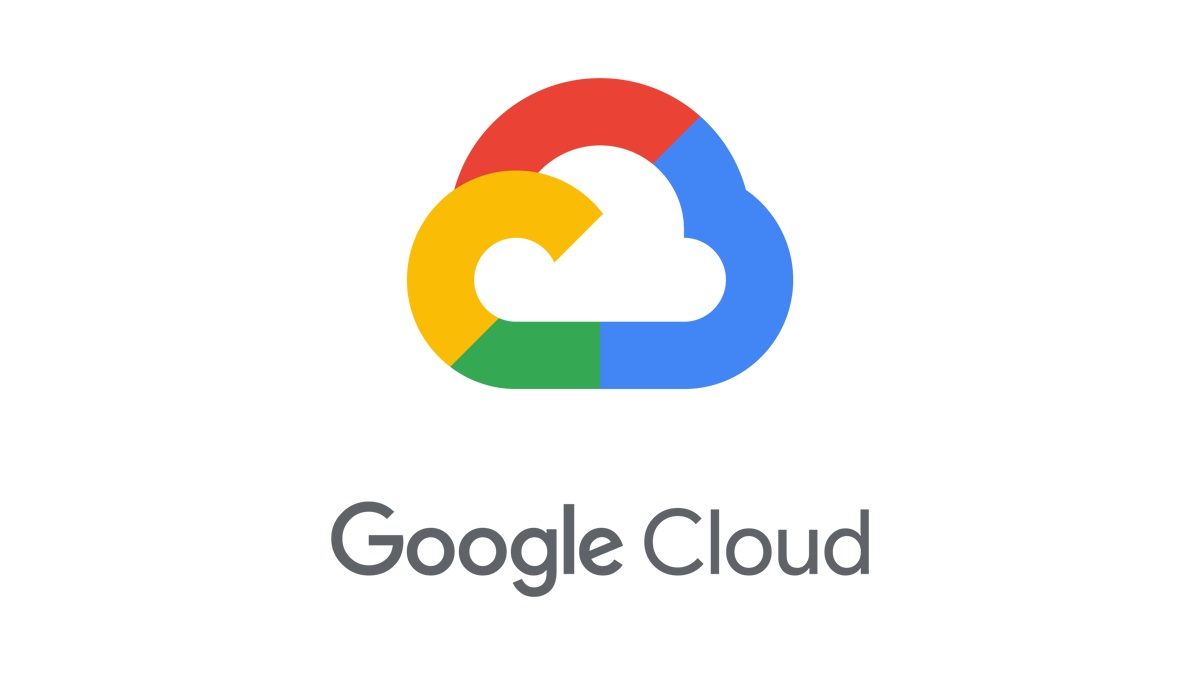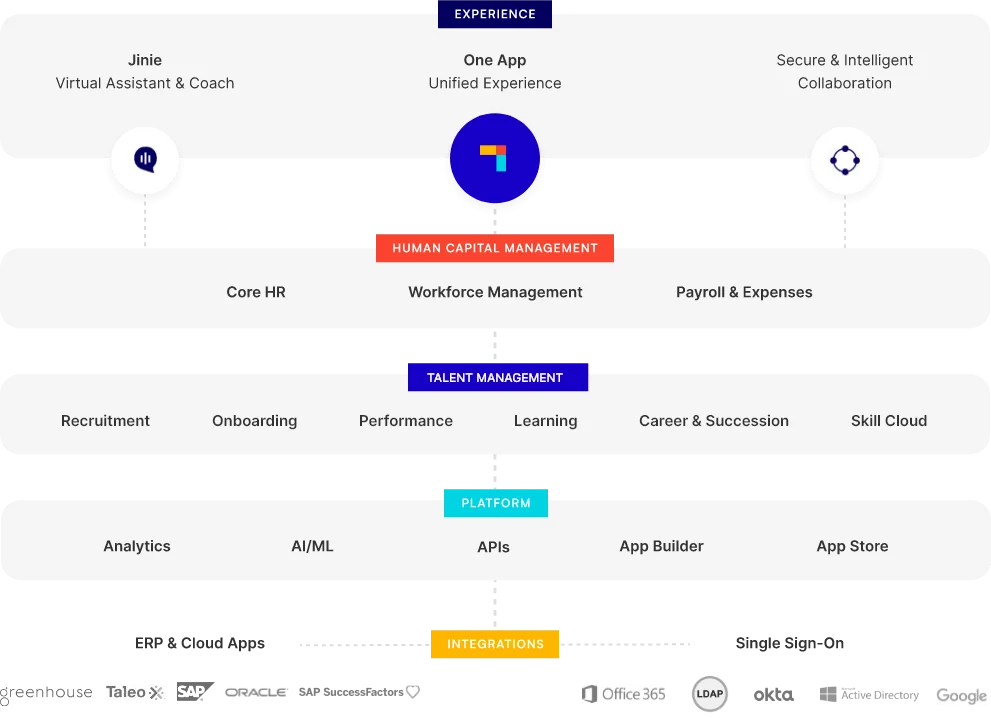Successful businesses in the Middle East understand the role of objectives and tracking performance to drive success. However, concepts such as OKRs vs KPIs can sometimes lead to confusion.
To achieve organizational goals, it’s essential to understand the distinction between these two. This guide will clarify the differences and explore how Middle Eastern organizations can leverage OKRs for optimal results.
What are OKRs?

OKRs, or Objectives and Key Results, offer a powerful framework for Middle Eastern businesses seeking to drive innovation and growth. By setting ambitious goals and tracking progress with measurable metrics, they can align teams, enhance performance, and achieve results.
Understanding the core components of an OKR is an essential step for effective implementation.
Objectives: These are qualitative statements outlining the desired outcome. For instance, an e-commerce platform might set an objective to “become the region’s leading online marketplace for local products.”
Key Results: These are quantitative measures that indicate progress toward the objective. In the example provided, Key Results could include “Increase platform traffic by 30%,” “Expand product range by 25%,” or “Achieve a customer satisfaction rating of 4.5 stars.”

By clearly defining Objectives and Key Results, Middle Eastern businesses can foster a culture of ambition, accountability, and achievement. Many organizations also employ ready-to-use OKR templates for more efficiency.
The Benefits of OKRs
Organizations can turbocharge their way of working by utilizing OKRs. Here are the advantages:
- Alignment and Focus: OKRs ensure everyone in the organization is moving in the same direction. All team members are aligned with the corporate objectives.
- Stretch Goals: They encourage setting ambitious goals that push the boundaries of what’s considered achievable. In this way, OKRs foster innovation and growth.
- Transparency and Communication: When OKRs are openly shared across all levels, communication and transparency are naturally promoted.
According to a recent survey, new-age organizations in the Middle East prefer OKRs over other performance management approaches. One of the best ways for businesses to start this journey is to use OKR-based Performance Management software from PeopleStrong.
What Are KPIs?
KPIs are data-driven metrics that provide measurable insights into performance. They act as a compass pointing towards goals.
Unlike the qualitative nature of OKRs, KPIs are specific, numerical values that track progress. They point to areas of strength and weakness, allowing businesses to make data-informed decisions.
The Benefits of KPIs
KPIs offer many advantages to team members and organizations. These include:
- Data-Driven Decisions: KPIs provide data to support decision-making processes. They ensure objectivity and avoid guesswork.
- Improved Performance Measurement: Evaluating performance becomes precise with quantifiable KPIs. Employees can clearly see if they’re on track or need to adjust course.
- Tracking Progress Over Time: Monitoring KPIs over time allows companies to identify trends, predict future performance, and ensure continuous improvement.
Understanding the Difference: KPI vs. OKRs
Let’s break down the comparison of OKR vs KPI based on the parameters of purpose, focus, measurability, and timeframe:
| PARAMETER | OKRs | KPIs |
|---|---|---|
| Purpose | Set ambitious goals and foster innovation. | Measure progress towards existing goals. |
| Focus | Qualitative (Objectives) and Quantitative (Key Results). | Primarily quantitative and data-driven. |
| Measurability | Objectives are qualitative, but Key Results are measurable | Designed to be specific and quantifiable. |
| Timeframe | Typically set quarterly with regular check-ins | Can be tracked over various timeframes. |
Many businesses in the Middle East can benefit by recognizing the limitations of traditional KPI-based systems. Instead, OKRs provide a dynamic and impactful approach by emphasizing ambitious goals and alignment.
OKRs encourage a long-term perspective, which suits a changing business landscape. Moreover, OKRs foster a collaborative environment, promoting employee engagement and buy-in.
By shifting the mindset to ambitious goal achievement, OKRs can help to build a culture of innovation and excellence.
OKRs in Action: Examples for Middle Eastern Businesses
The best way to understand how OKRs work is to check out some examples across different departments. Keep in mind that there can be more than one objective for each department, and many key results.
Department: Marketing
🎯 Objective: Enhance brand reputation and expand market share in the GCC region.
✅ Key Result 1: Increase brand awareness by 15% among target demographics in Saudi Arabia and the UAE as measured by social media engagement and brand recall surveys.
✅ Key Result 2: Achieve a 6% increase in website traffic from GCC countries through targeted digital marketing campaigns.
Department: Sales
🎯 Objective: Dominate the Middle Eastern market for the product.
✅ Key Result 1: Achieve a 12% increase in sales revenue from the Levant region compared to the previous year.
✅ Key Result 2: Expand customer base by acquiring 200 new enterprise clients in the UAE and Qatar.
Department: Product Development
🎯 Objective: Develop a region-specific product to address the unique needs of Middle Eastern consumers.
✅ Key Result 1: Launch a new product with at least 80% localization features within six months.
✅ Key Result 2: Achieve a product-market fit score of 4.5 out of 5 based on customer feedback from beta testing in the region.
These examples can be adjusted based on specific business goals, industry, and target markets within the Middle East.

Examples of KPIs
Let’s explore how KPIs can work in a Middle Eastern organization along with some examples of metrics.
Department: Sales
- Customer Acquisition Cost (CAC): This KPI measures the average cost of acquiring a new customer.
- Customer Satisfaction Score (CSAT): This KPI tracks customer satisfaction with a product or service.
- Net Promoter Score (NPS): This KPI indicates customer loyalty and likelihood to recommend your brand.
Department: Finance
- Revenue Growth: This measures the increase in sales over a specific period.
- Profit Margin: Indicates the profitability of a business.
- Return on Investment (ROI): Evaluates the efficiency of an investment.
Department: Marketing
- Website Traffic: Measures the number of visitors to a website.
- Conversion Rate: Indicates the percentage of website visitors who complete a desired action (e.g., purchase, sign-up).
- Customer Lifetime Value (CLTV): Estimates the total revenue generated by a customer over their lifetime.
- Social Media Engagement: Measures the interaction with a brand on social media platforms.
Choosing the Right Tool
When understanding the difference between OKR and KPI, it helps to remember that they can work as complementary tools. Here’s when to leverage each:
OKRs: Utilize OKRs for setting strategic goals, fostering innovation, and keeping everyone aligned with the big picture. They’re ideal for ambitious targets that stretch the team’s capabilities.
KPIs: KPIs work when you need to track progress towards existing goals and measure performance with concrete data. They are a data-driven way to identify areas for improvement.
Synergy: OKRs and KPIs Working Together
OKRs and KPIs can be used synergistically. Here’s how:
- Align KPIs with Key Results: Each Key Result within an OKR can have a corresponding KPI to track its progress. This ensures you’re measuring what matters for achieving your objectives.
- Regular Reviews and Adjustments: Both OKRs and KPIs benefit from regular reviews. For OKRs, assess progress quarterly and adjust as needed. For KPIs, monitor them frequently and make adjustments to your strategies or tactics based on the data.
Several frameworks can help integrate OKRs and KPIs. For example, the Balanced Scorecard framework categorizes KPIs into financial, customer, internal process, and learning and growth. You can align your OKRs with each perspective.
Unlocking Your Business’s Potential in the Middle East
By combining OKRs and KPIs, businesses can seize the region’s opportunities with precision. Set ambitious goals with OKRs to inspire innovation and drive growth, and leverage KPIs to measure progress and make data-driven decisions.
PeopleStrong offers specialized solutions and expertise to help Middle Eastern organizations implement a robust OKR framework tailored to unique business objectives. Contact us today to embark on your journey to success.
FAQs
How can I adapt OKRs to a culture where teamwork and group success are highly valued?
Focus on setting collaborative objectives. Encourage team members to contribute to goal-setting and ensure that Key Results are aligned with shared outcomes.
Consider implementing team-based OKRs to foster a sense of collective ownership and accountability. Regular check-ins and open communication can reinforce the importance of teamwork.
Can KPIs be used to measure trust and relationships for employees in the Middle East?
KPIs are mainly quantitative measures of performance. However, they can indirectly influence trust and relationships. For instance, KPIs related to employee satisfaction, turnover rates, and engagement can provide insights into the workplace climate.
With the emphasis on hierarchy in many Middle Eastern workplaces, how can OKRs encourage participation from all team members?
Most KPIs are quantitative, focusing on measurable data, but some qualitative KPIs can be used for areas like employee satisfaction or team culture. These qualitative KPIs should be clearly defined and have methods for measurement, such as employee surveys with standardized questions or a scoring system for team collaboration. The key is to ensure that qualitative KPIs are also objective and track progress over time.













